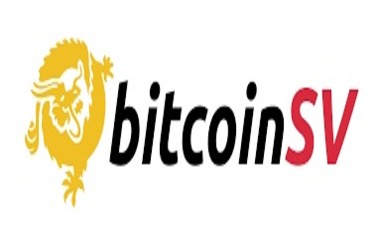
Furthermore, the edge of blockchain comprises of 65% of nodes, while 17% were located on the 210 MB block. 19% of nodes are still on the old chain and are yet to upgrade.
Coin Dance data indicates that 210 MB block was mined by CoinGeek miner on Saturday and the process involved 808,633 transactions.
Bitcoin SV, created through a hard fork of Bitcoin Cash (BCH), successfully initiated its own hard fork on July 24 in order to boost the block size from the earlier stipulated limit of 128 MB to 2 gigabytes.
Before the commencement of three-chain split, Ryan Charles, a BSV advocate and CEO of BSV-based payment network MoneyButton, wrote in the official blog about issues in operating a BSV node.
Particularly, Charles pointed out that Money Button went offline for three hours because Bitcoin SV node crashed while conducting a stress test due to lack of adequate memory.
Charles said the following regarding running a node is concerned:
“Running a node is expensive. Our new instance will cost thousands of dollars per month to operate. As blocks continue to get larger and we have to upgrade the instance many times, this cost will balloon. Since we do not earn money from transaction fees like miners, it will be too expensive for us to run a node.”
According to 420 Bitcoin SV peers, the nodes are currently on different chains and at different heights:
* 65% at the current tip
* 17% stuck on a large 210MB block
* 19% on the old pre-hardfork chain pic.twitter.com/hO98lFX9Zw— BitMEX Research (@BitMEXResearch) August 3, 2019
As per TrustNodes, Coin Dance service is now offered on the latest Bitcoin SV chain and the older chain will probably be left unused. This implies that miners stuck on old chain may sustain some losses as the new blocks are discarded. The report claims that the latest division is the first such split and giga-sized blocks may cause splits with hard forks of over three.
Bitcoin SV has earlier faced problems due to cumbersome size of blockchain. Back in April, Bitcoin SV’s blockchain got reorganized, a scenario triggered by simultaneous discovery of a block by two miners, causing a temporary network fork. Generally, block reorganization takes place when a network is too slow to create blocks effectively.